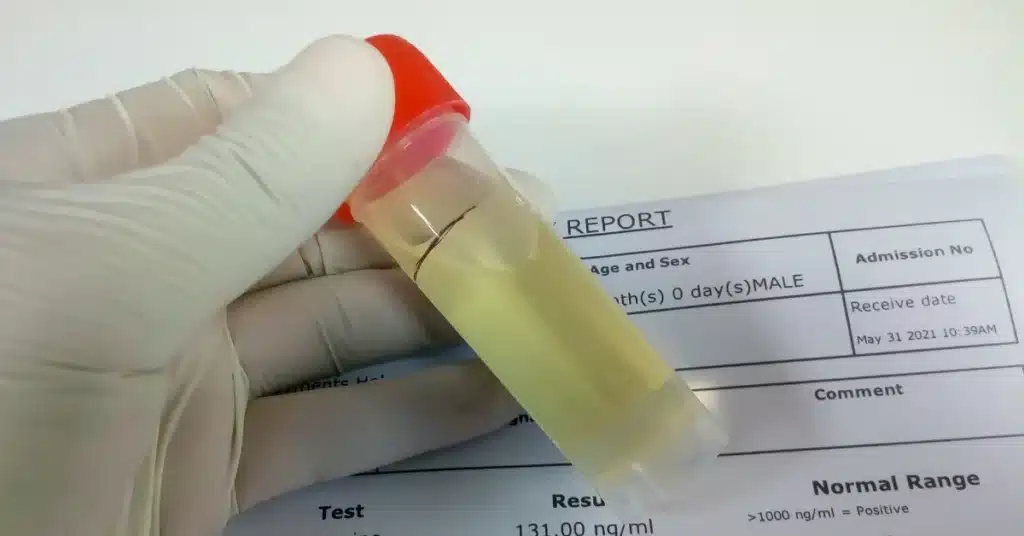Understanding Gonorrhea Discharge: Causes, Symptoms, and Treatment
Gonorrhea is an STI (Sexually Transmitted Infection) that is caused by the bacterium Neisseria Gonorrhoeae.
One of the symptoms of Gonorrhea is the presence of abnormal discharge, often from the genital or rectal area.
Gonorrhea discharge is a visible sign of an underlying infection that requires prompt attention.
Seeking medical advice, getting tested, and adhering to the prescribed treatment plan are crucial steps in managing the infection.
In this article, we will delve into the details of Gonorrhea discharge, including its causes, symptoms, and available treatment options.
Gonorrhea discharge indications
Gonorrhea discharge can manifest differently in men and women.
In men, the symptoms may include a thick, greenish or yellowish discharge from the penis.
It may be accompanied by pain or discomfort during urination.
Women with Gonorrhea may experience increased vaginal discharge, often discolored, and may notice a foul odor.
Both genders might also encounter rectal discharge if the infection occurs in the rectum.
Causes of Gonorrhea discharge

Gonorrhea is primarily transmitted through oral, vaginal, and anal sex.
The bacterium thrives in warm, moist areas of the reproductive tract.
Areas affecting include the uterus, cervix, and fallopian tubes in women and the urethra in both men and women.
The bacteria can also infect the rectum, eyes, and throat.
It can contribute to discharge from these areas.
If left untreated, the infection can cause serious complications.
In women, it may lead to Pelvic Inflammatory Disease, which can result in infertility or difficulty in pregnancy.
Diagnosing Gonorrhea
Healthcare providers employ various diagnostic approaches to ensure a comprehensive assessment of infections.
Laboratory tests
Laboratory tests typically involve the collection of a sample of discharge from the affected area.
For men, this might involve swabs from the urethra, while women may undergo cervical swabs.
Additionally, rectal and throat swabs are used when these areas are potentially affected.
These samples are then sent to a laboratory, where the presence of the bacterium can be identified through specific testing procedures.
Urine test

Another effective method for diagnosing Gonorrhea is through a urine test.
This non-invasive approach is particularly convenient, as it requires individuals to provide a urine sample.
It is then analyzed for the presence of Neisseria Gonorrhoeae.
Treatment options
Gonorrhea is a curable infection. Timely treatment is crucial to prevent complications and the spread of the disease.
The standard treatment involves antibiotics, typically a combination of Ceftriaxone and Azithromycin.
It is important to complete the full course of antibiotics, even if symptoms improve.
This will help ensure the Gonorrhea infection is completely eradicated.

Erase discomfort, embrace relief – conquer STDs swiftly!
Reclaim your health with superior antibiotic solutions from WowRx.
Levoflox 750mgAugmentin 1000mgPrevention strategies
Preventing Gonorrhea involves practicing safe sex.
This includes using condoms consistently and correctly during vaginal, anal, and oral sex.
Getting tested regularly for STIs, especially if you have a new sexual partner, is essential for early detection and treatment.
Open communication with sexual partners about testing works as a proactive approach to preventing infections.
Conclusion
Gonorrhea is an STI caused by the bacterium Neisseria Gonorrhoeae.
The discharge associated with Gonorrhea is a visible symptom resulting from the infection of the cervix, uterus, fallopian tubes, urethra, rectum, eyes, and throat.
Prompt diagnosis through laboratory tests and urine tests is essential for effective treatment.
Standard treatment involves antibiotics, typically a combination of Ceftriaxone and Azithromycin.
Consistent and correct condom use, regular STI testing, and open communication with sexual partners contribute to the reduction of Gonorrhea transmission.
Frequently Asked Questions
What are the symptoms of Gonorrhea discharge?
The symptoms of Gonorrhea discharge vary between men and women. In men, it may include a thick, greenish, or yellowish discharge from the penis, often accompanied by pain during urination. Women may experience increased vaginal discharge that is discolored and may have a foul odor.
What are the causesa of Gonorrhea discharge?
Gonorrhea is transmitted through oral, vaginal, and anal sex, thriving in warm, moist areas of the reproductive tract like the cervix, fallopian tubes, and the urethra. The bacteria can also infect the rectum, eyes, and throat, contributing to discharge from these areas.
How to treat Gonorrhea infection?
Gonorrhea treatment involves antibiotics, typically a combination of Ceftriaxone and Azithromycin. It is crucial to complete the full course of antibiotics. Timely treatment is essential to prevent further complications and the spread of the disease.
What are the key preventions of Gonorrhea?
Preventing Gonorrhea involves practicing safe sex by consistently and correctly using condoms during vaginal, anal, and oral sex. Regular testing for STIs, especially with new sexual partners, is essential for early detection and treatment.
WowRx uses only high-quality sources while writing our articles. Please read our content information policy to know more about how we keep our content reliable and trustworthy.






